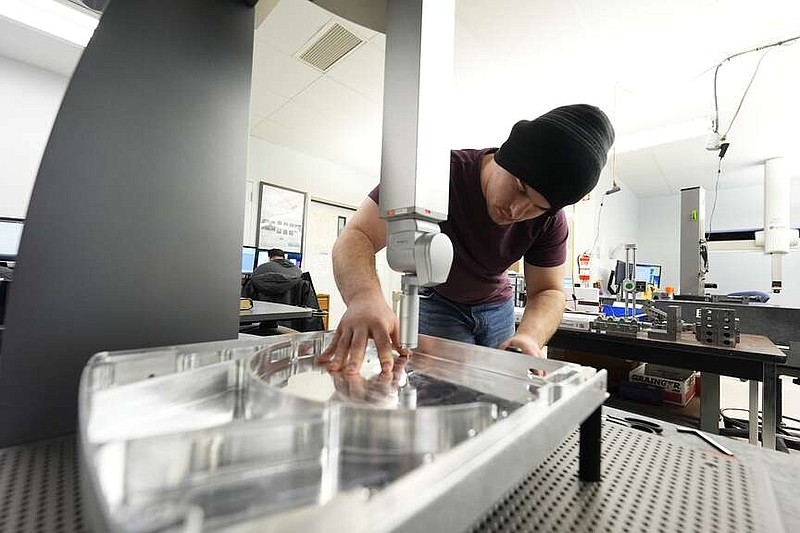WASHINGTON -- Wholesale prices in the United States accelerated again in February, the latest sign that inflation pressures in the economy remain elevated and might not cool in the coming months as fast as the Federal Reserve or the Biden administration would like.
The Labor Department said Thursday that its producer price index -- which tracks inflation before it reaches consumers -- rose 0.6% from January to February, up from a 0.3% rise the previous month. Measured year over year, producer prices rose by 1.6% in February, the most since last September.
The figures could present a challenge for the Fed, which is counting on cooling inflation as it considers when to cut its benchmark interest rate, now at a 23-year high. The Fed raised rates 11 times in 2022 and 2023 to fight high inflation. A rate cut by the Fed could fuel the economy and financial markets because it would likely ease borrowing costs over time for mortgages, auto loans and business lending.
Higher wholesale gasoline prices, which jumped 6.8% just from January to February, drove much of last month's increase. Wholesale grocery costs also posted a large gain, rising 1%.
Yet even excluding the volatile food and energy categories, underlying inflation was still higher than expected in February. Core wholesale prices rose 0.3%, down from a 0.5% jump the previous month. Compared with a year ago, core prices climbed 2%, the same as the previous month. Core inflation, which tends to provide a better sign of where inflation may be headed, is watched particularly closely.
Persistently elevated inflation could become a threat to Biden's re-election bid, which is being bedeviled by Americans' generally gloomy view of the economy. Consumer inflation has plummeted from a peak of 9.1% in 2022 to 3.2%. Yet many Americans are exasperated that average prices remain about 20% higher than they were before the pandemic erupted four years ago.
Thursday's data follows a report earlier this week on the government's most closely watched inflation measure, the consumer price index. The CPI rose by a sharp 0.4% from January to February, a faster pace than is consistent with the Fed's 2% inflation target. Compared with a year earlier, prices rose 3.2%, up from a 3.1% increase rise the previous month.
The CPI report, which marked the second straight pickup in consumer prices, illustrated why Fed officials have signaled a cautious approach toward implementing rate cuts. After meeting in January, the officials said in a statement that they needed "greater confidence" that inflation was steadily falling to their 2% target level. Since then, several of the Fed's policymakers have said they think inflation will keep easing.
In December, the policymakers had signaled they would reduce their rate three times this year. On Wednesday, the officials will issue new quarterly projections that could either maintain or revise that forecast.
Last week, Fed Chair Jerome Powell signaled to Congress that the central bank was "not far" from starting rate cuts. Most economists and Wall Street investors have said they expect the first cut to occur in June.
Solid spending and hiring so far this year show that the economy has stayed healthy despite the Fed's aggressive series of rate hikes in 2022 and 2023. Last month, employers added a solid 275,000 jobs, the government reported. And though unemployment rose by two-tenths to a still-low 3.9%, it has remained below 4% for more than two years -- the longest such stretch since the 1960s.

